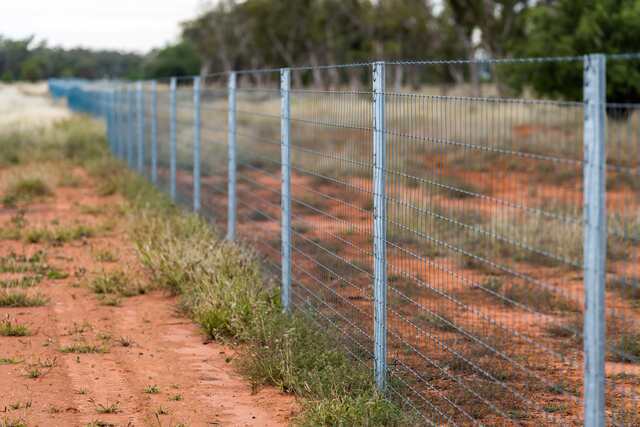An ambitious wild dog exclusion fencing program in southwest Queensland’s Balonne Shire is delivering a $100 million increase in agricultural income and around 230 extra jobs in the Shire.
Since 2019, Balonne Shire Council has secured $13 million in Federal government grants and State government loan funding to deliver the Balonne Shire Exclusion Fencing program, which was a major catalyst that inspired additional private farm funding to create a total of $44 million investment in exclusion fencing in the Shire.
A total of 1,692km of fencing has been constructed as part of the Balonne Shire Exclusion Fencing Program, which encompasses an area of 695,554 ha on 87 properties and more than 66 per cent of the Shire is now fenced with exclusion fencing.
Recently, the Council commissioned an economic report by Hall Chadwick into the effects of the exclusion fencing program, which identified significant reduction in stock losses and a significant improvement in employment, stock reproductive rates and overall wellbeing of landholders.
This project has also created a greater ability for on-farm diversification, which has generated an additional $42 million in investment in plant and equipment, yards and sheds, internal fences and water improvements on local farms.
Balonne Shire Mayor Samantha O’Toole was heartened by the positive results detailed in the report.
“Our exclusion fencing program is delivering outstanding benefits for our Shire and it’s great to see them all laid out in this report,” Mayor O’Toole said.
“This has been a collaborative effort with landholders contributing a 50:50 contribution, where Council coordinated a special rate for landholder loans from Queensland Treasury Corporation.
“We are now seeing the obvious benefits of reduced stock losses and improved stock reproductive rates.
“We are also seeing other benefits from farmers regaining control of their properties and being prepared to invest and diversify.
“For our small Shire to see an increase of around 230 jobs from one, mostly grant funded program is a great outcome for locals and landholders alike.
“This new fencing is also giving our landholders the opportunity to explore different types of farming to improve productivity in a variety of conditions, including an unexpected growth in cropping.”









